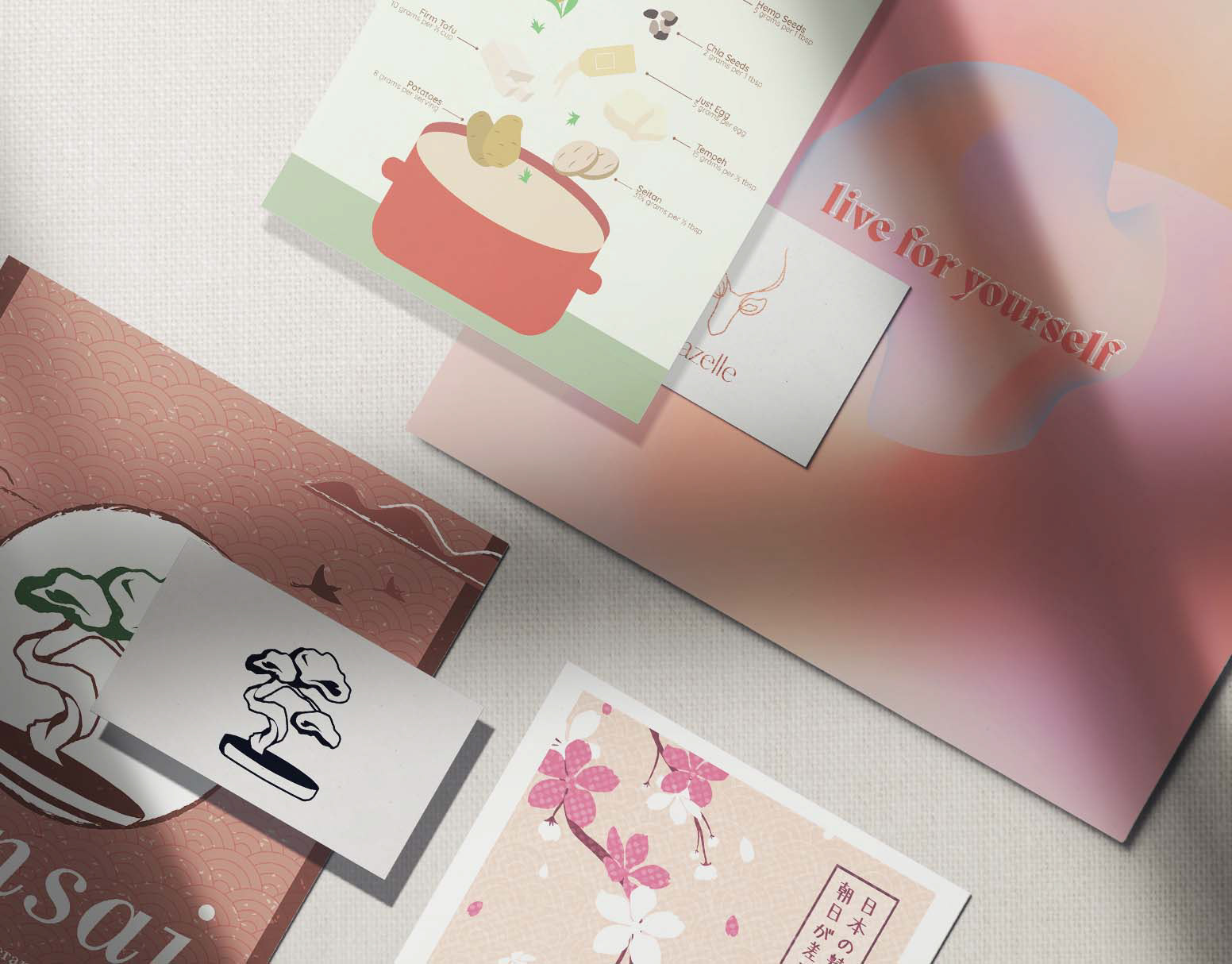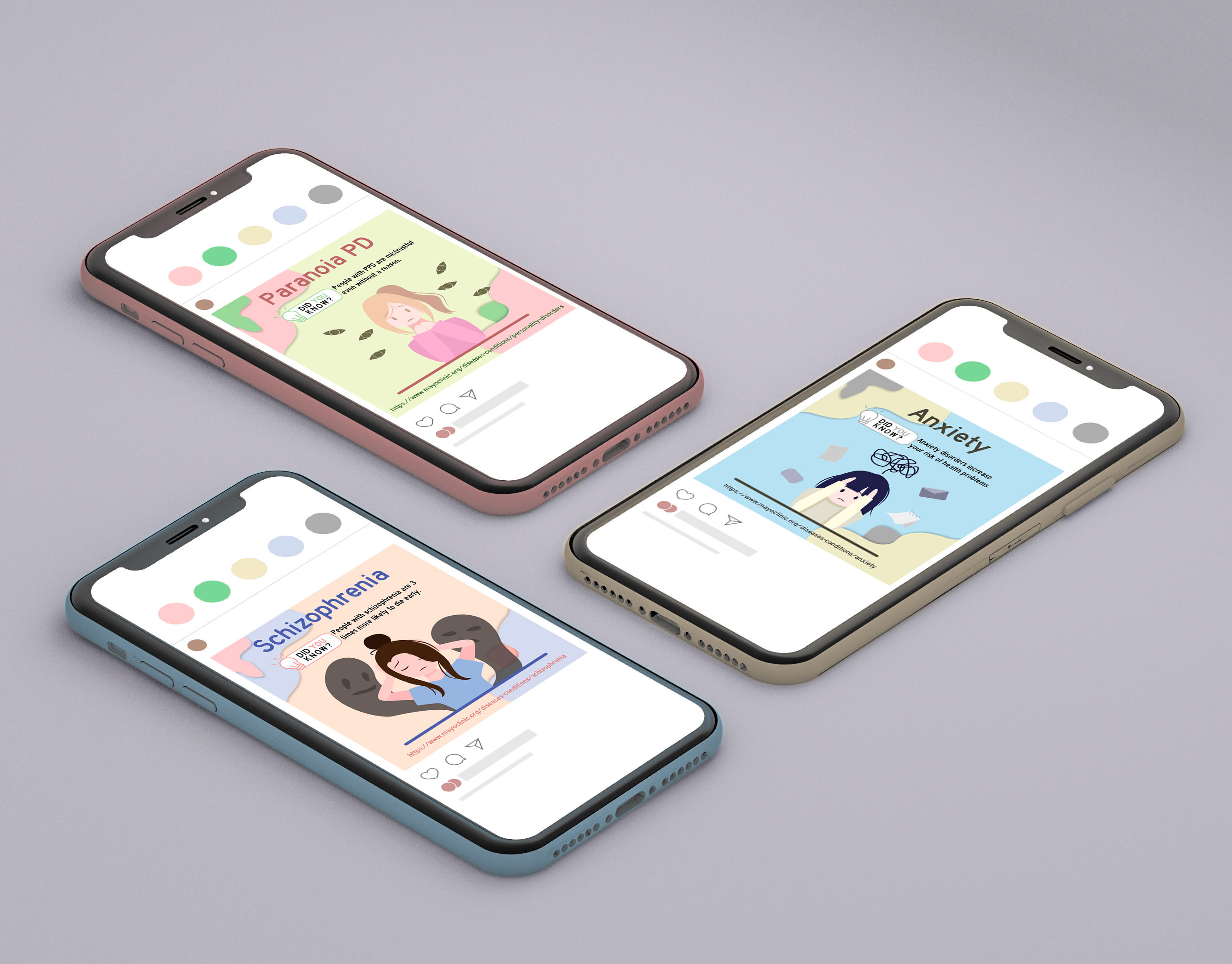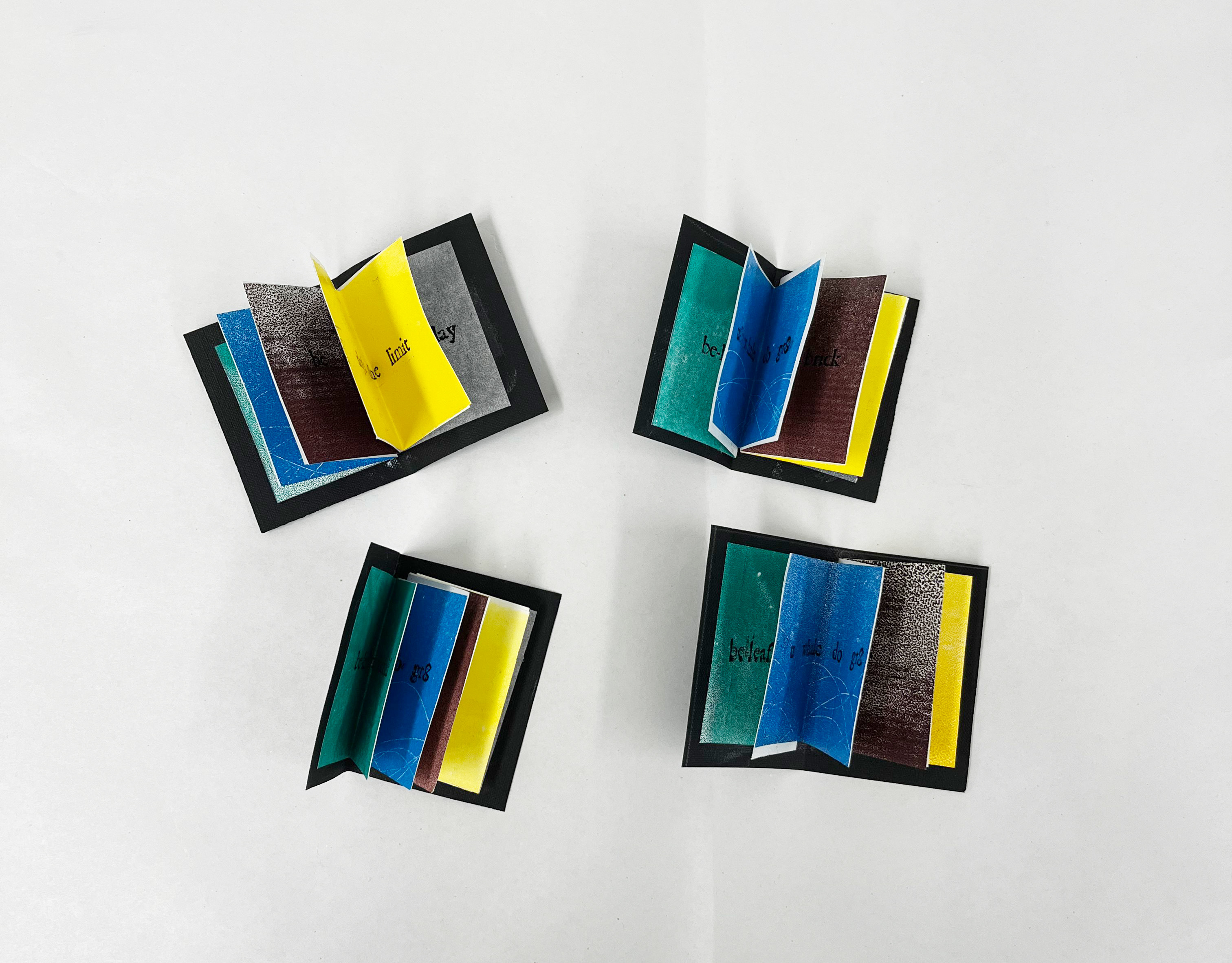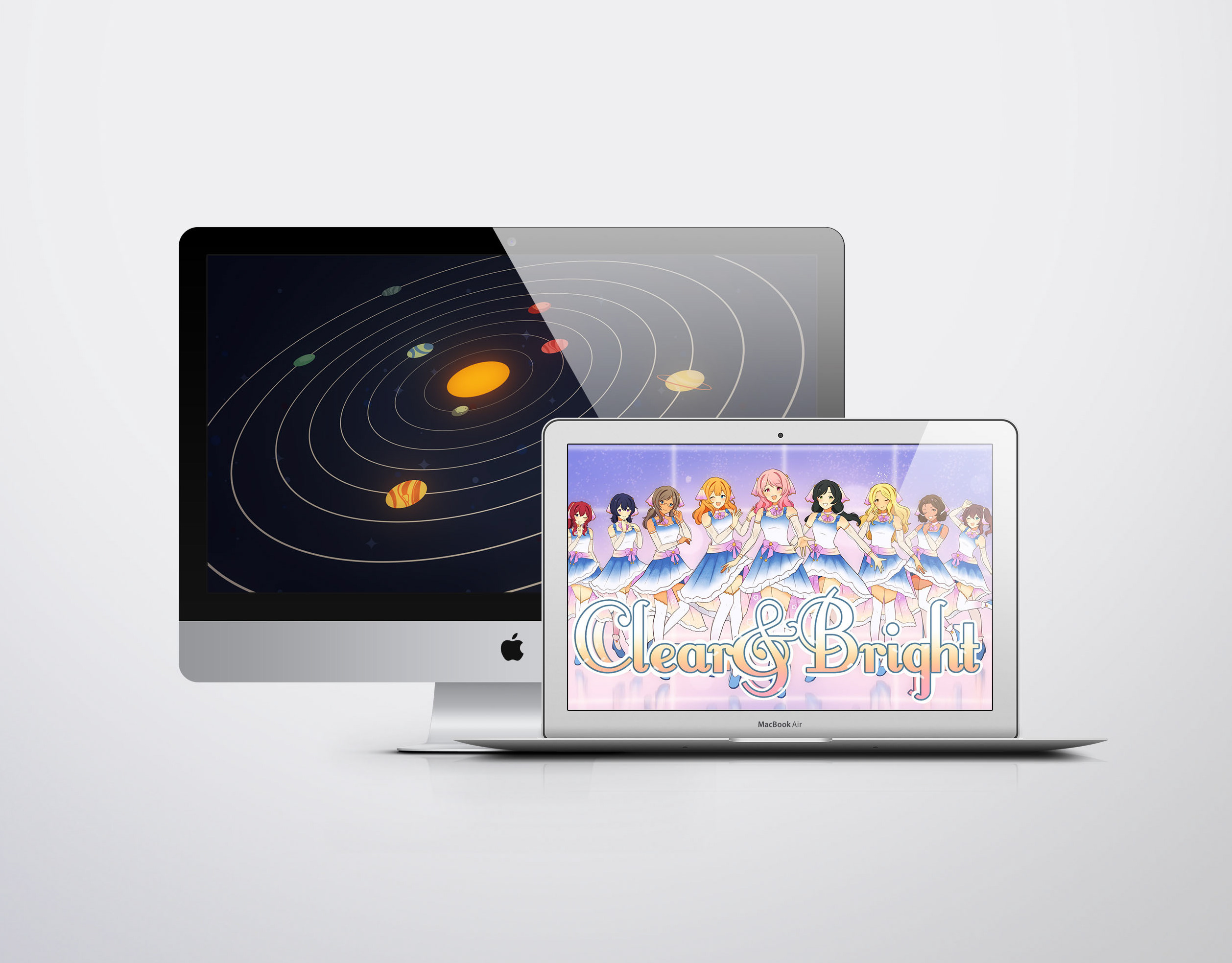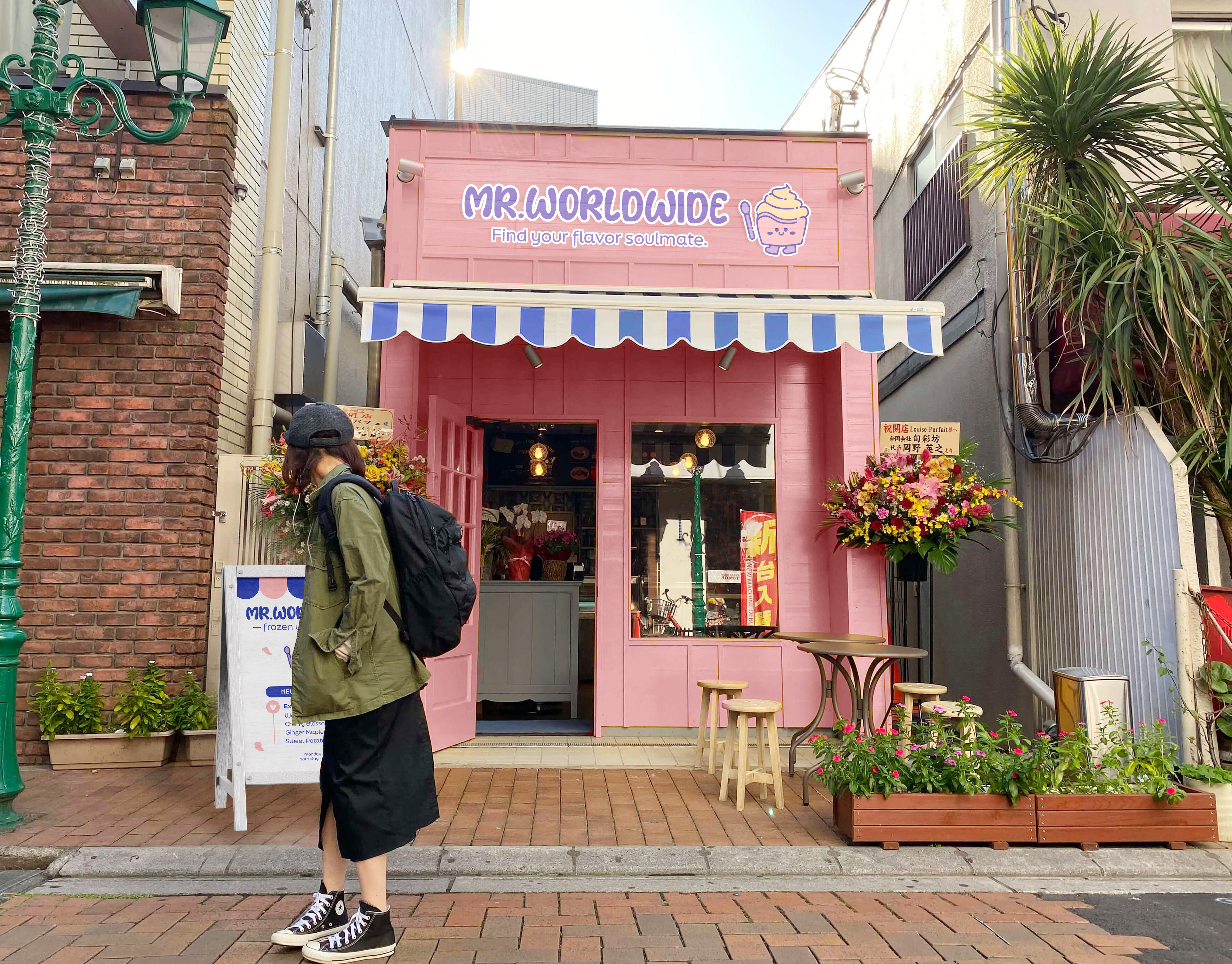The Challenge
Across history, our world has journeyed through diverse epochs of music, art, and entertainment, each encapsulating a distinctive design aesthetic representative of its era. Tasked with the recreation of a music video from 1980, "Love Will Tear Us Apart" by Joy Division, I encountered a unique challenge due to my lack of familiarity with music preceding my birth. Extensive research was necessary to comprehend the context and essence of the song. The original music video, primarily showcasing the band's performance, presented a limited foundation for my animation. Despite these challenges, I found the process enriching and enlightening, deepening my understanding of the band's identity and the aesthetics that defined their era.
Goals
This project revolved around a dual mission: conducting extensive research into the evolution of music videos, concert films, and television performances, uncovering their historical contexts and design trends; and subsequently reimagining the music video for Joy Division's "Love Will Tear Us Apart," originally from the 1980s, by capturing its era-specific aesthetic while injecting a modern and innovative visual approach. My goal was to pay homage to the song's historical essence while crafting a video that resonates with both its original era and contemporary audiences.
Design Process
Background Research: Looking Into the History of Joy Division
Formed in Salford in 1976, Joy Division was an English rock band comprised of members including vocalist Ian Curtis, guitarist/keyboardist Bernard Sumner, bassist Peter Hook, and drummer Stephen Morris. Their music drew heavily from punk and rock influences. Curtis, the lead vocalist, battled various health issues and a failing marriage that often hindered his performances, with seizures occurring on stage. "Love Will Tear Us Apart" was his final composition before he tragically took his own life in 1980, reflecting his struggles with love and how it impacted his ability to carry out everyday tasks. Exploring the song's origins and the challenges faced by this iconic band was both captivating and enlightening. My goal was to convey the song's emotional essence through motion graphics while also referencing the music video's color palette. The original video featured prominent reds and oranges, hues I aimed to integrate into my project.




Visual Research: Reimaging The 1970's
In terms of visual direction, my aim was to capture the essence of the original music video's aesthetics. The video prominently featured grainy textures and a palette of muted colors that contributed to its distinctive atmosphere. I wanted to maintain the authenticity of the original while also infusing a contemporary touch to enhance its appeal. This approach allowed me to strike a balance between honoring the nostalgic aspects of the music video and offering a fresh perspective that invites engagement from viewers across different eras.
Sketches: Capturing Emotions Through Visuals
Once I established the style and aesthetics, I delved into brainstorming and sketching out my approach for creating the motion graphics. I honed in on a specific segment of the song, analyzing its lyrics and the underlying meaning they conveyed. My intention is to employ graphic elements to visually represent both the lyrics and their significance. Concurrently, I made a note of the emotional impact I aimed to evoke through my reimagined music video. This preliminary phase allowed me to lay the foundation for the subsequent creative stages of the project.
Graphic Assets: Designing Elements and Preparing for Animation
Once I had sketched and set the desired atmosphere for my assets, I selected a color palette that perfectly aligned with the vintage style I aimed to achieve. Additionally, I carefully chose two fonts that exuded a playful yet distinctive aesthetic. Utilizing Illustrator, I crafted my assets, ensuring their readiness for seamless integration into After Effects. The advantage of working within the Adobe suite lies in the layer-editing flexibility that persists even after transitioning to another program.
Storyboard: Planning For a Dynamic Motion
With all the assets at hand, I initiated the construction of a storyboard, outlining the desired appearance of each frame. While I didn't pursue a frame-by-frame animation, I aimed for continuous movement throughout. My intention was to delve into storytelling through motion graphics, a compelling avenue to intertwine visual narrative with the song's lyrics and their significance. I proceeded to roughly animate the storyboard, knowing that refinement would come after witnessing its comprehensive cohesion.
Final Video: Refining the Animated Composition
With my storyboard animatic finalized and deemed satisfactory, I transitioned to the phase of implementing the assets I had created and animating them to bring the envisioned motion graphics to life. Throughout this process, I carefully fine-tuned the animatic, ensuring that each element aligned with the desired animation. While there were instances where I needed to make slight adjustments to maintain the overall cohesiveness, I am pleased with the ultimate result.
Takeaways
This song held a profound significance for Ian Curtis, and I was determined to honor its essence through my animation. The process of creating this motion graphics was a challenging experience as it pushed me to explore unconventional approaches. The outcome of my efforts has left me content, as I successfully fused my skills across 2D and 3D dimensions. The amalgamation of my graphic design expertise with animation was a rewarding endeavor that allowed me to broaden my creative horizons.
